Day 3 - Malahide Castle & Co Dublin
As always, we began the day breaking our fast with an enormous spread of victuals. As I have begun my personal journey to a smaller self, I have made it a point to not overdo this meal. So I selected a bowl of porridge as the locals know it or oats as we would say with real butter and cream, some fruit, toast with orange marmalade (lightly spread, I must say),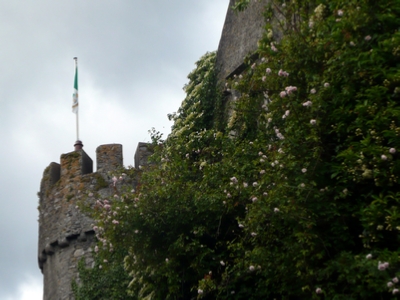 a rasher of bacon, one banger and some mushrooms. I have yet to calculate the total point count, but some day I must. For those not familiar, a banger is a sausage about two thirds the size of a hot dog. Unfortunately, the taste and texture I find somewhat desiring. Thus, it is easy to forego them.
a rasher of bacon, one banger and some mushrooms. I have yet to calculate the total point count, but some day I must. For those not familiar, a banger is a sausage about two thirds the size of a hot dog. Unfortunately, the taste and texture I find somewhat desiring. Thus, it is easy to forego them.
On our schedule today is the reconnaissance of Malahide Castle, a fortress and private home for the past eight hundred years. The Talbot family lived here from 1185 until the death of the last Lord Talbot in 1973. At that time, the Lady Talbot sold the property to the State and relocated to far Tasmania. She past on just this last year at the age of 93 without a male heir thus sadly ending the line of that family.
The history of the Talbot family is recorded in the Great Hall along with a portrait by Jan Wyck of the Battle of the Boyne in 1690. On the morning of the battle, fourteen members of the Talbot family gathered in the Great Hall for breakfast (including, I’m sure, bangers). By nightfall, all were dead, never to return to Malahide.
The Battle of the Boyne was one of the great battles of the Jacobite Rebellions. While we often speak of Jacobites and Scottish, the Irish were also caught up in this historic event. To recount, King James II, the Catholic English king, had been deposed and replaced by the Protestant King William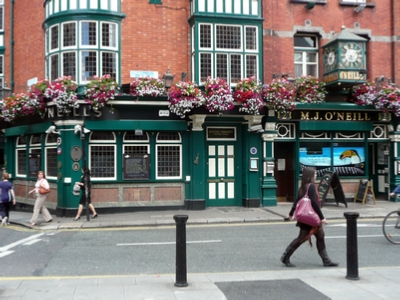 (a Dutchman) and Queen Mary in a jointly held throne. The Protestant forces, 36,000 strong, met the 30,000 Irish Catholic forces at the Boyne River, County Meath, on July1, 1690. The Catholics were soundly defeated and thus began a period of English rule that lasted until 1921. As had happened in Scotland, the English aristocracy was granted lands in Ireland and the Irish were forced to pay rent for their own land. At this time, many chose to emigrate to other lands including North America.
(a Dutchman) and Queen Mary in a jointly held throne. The Protestant forces, 36,000 strong, met the 30,000 Irish Catholic forces at the Boyne River, County Meath, on July1, 1690. The Catholics were soundly defeated and thus began a period of English rule that lasted until 1921. As had happened in Scotland, the English aristocracy was granted lands in Ireland and the Irish were forced to pay rent for their own land. At this time, many chose to emigrate to other lands including North America.
Taking leave of Malahide, we headed back south along the coast to Dublin. On our arrival, several of us took our midday meal at a local pub or renown, one O’Neil’s, near Grafton Street. Mentioned in song and story, Grafton St. is today a pedestrian mall where one can drop a large counting of the local coin.
Having put in two and a half days of heavy reconnaissance, this afternoon was given to R & R. We took in what is Ireland’s No. 1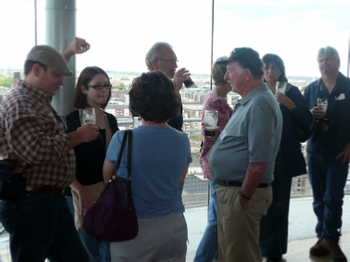 international visitor’s attraction -
international visitor’s attraction - The Guinness Storehouse. Here we traveled from street level up through seven floors depicting the history and making of this world famous beer. The building, which functioned as a fermentation plant from 1904 to 1988, is designed in the shape of a giant pint of Guinness. If full, it would hold 14.3 Million pints! With a daily production of 2.5 million pints, this would represent a mere 6 days worth of production.
At the top of the building, or what is referred to as the “head of the pint”, the Gravity Bar offers both a complimentary pint of the brew and a panoramic view of Dublin. Each visitor is given a ticket on entry for their free pint and, somehow, Alex finagled a large number of tickets from the teetotalers which he then distributed amongst his thirstier troops. All in all, each of us took away something to remember...some took more than others and, subsequently, stepped off of the coach more briskly.
We ended this day with visit to Taylor’s Three Rock Pub where we dined and were entertained by the local troupe. It was a mixture of Riverdance, Celtic Woman and Danny Kaye. We then returned to our hotel for a well deserved rest.
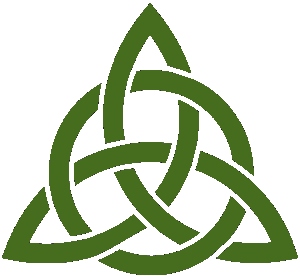
Malahide Castle & County Dublin
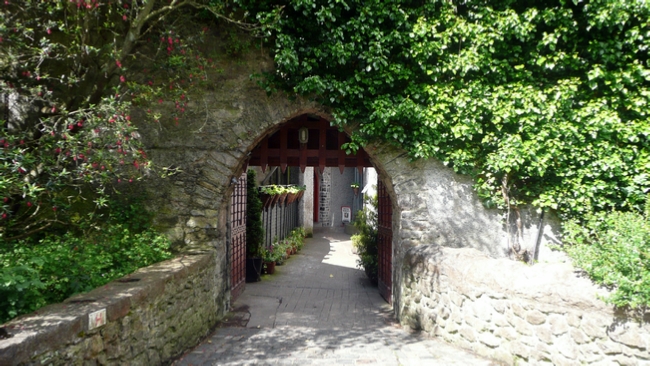

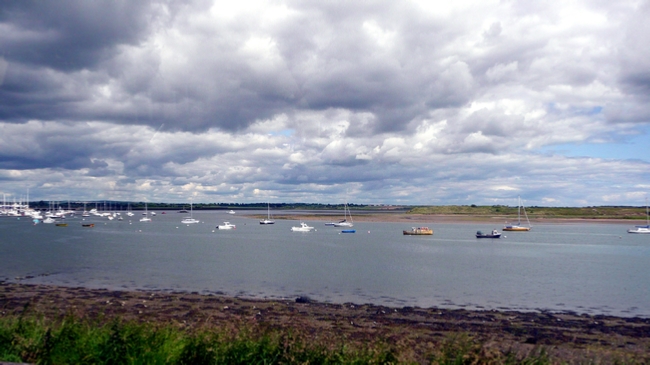

Back in Dublin
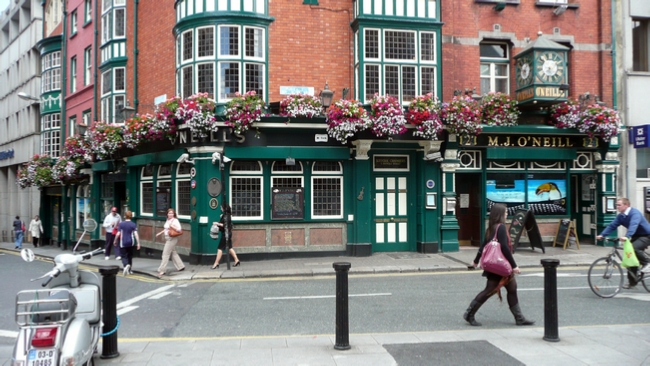
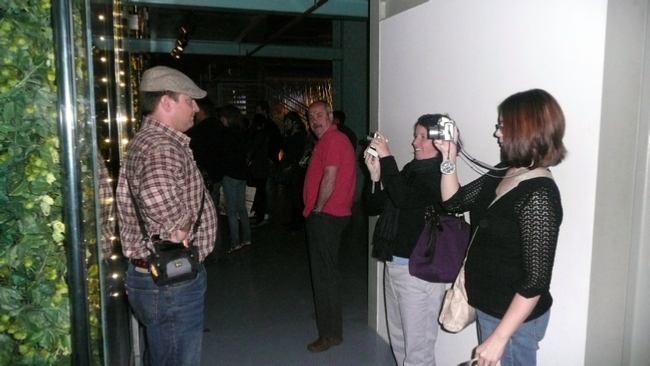
On our schedule today is the reconnaissance of Malahide Castle, a fortress and private home for the past eight hundred years. The Talbot family lived here from 1185 until the death of the last Lord Talbot in 1973. At that time, the Lady Talbot sold the property to the State and relocated to far Tasmania. She past on just this last year at the age of 93 without a male heir thus sadly ending the line of that family.
The history of the Talbot family is recorded in the Great Hall along with a portrait by Jan Wyck of the Battle of the Boyne in 1690. On the morning of the battle, fourteen members of the Talbot family gathered in the Great Hall for breakfast (including, I’m sure, bangers). By nightfall, all were dead, never to return to Malahide.
The Battle of the Boyne was one of the great battles of the Jacobite Rebellions. While we often speak of Jacobites and Scottish, the Irish were also caught up in this historic event. To recount, King James II, the Catholic English king, had been deposed and replaced by the Protestant King William
Taking leave of Malahide, we headed back south along the coast to Dublin. On our arrival, several of us took our midday meal at a local pub or renown, one O’Neil’s, near Grafton Street. Mentioned in song and story, Grafton St. is today a pedestrian mall where one can drop a large counting of the local coin.
Having put in two and a half days of heavy reconnaissance, this afternoon was given to R & R. We took in what is Ireland’s No. 1
At the top of the building, or what is referred to as the “head of the pint”, the Gravity Bar offers both a complimentary pint of the brew and a panoramic view of Dublin. Each visitor is given a ticket on entry for their free pint and, somehow, Alex finagled a large number of tickets from the teetotalers which he then distributed amongst his thirstier troops. All in all, each of us took away something to remember...some took more than others and, subsequently, stepped off of the coach more briskly.
We ended this day with visit to Taylor’s Three Rock Pub where we dined and were entertained by the local troupe. It was a mixture of Riverdance, Celtic Woman and Danny Kaye. We then returned to our hotel for a well deserved rest.


 To Day 4 -
To Day 4 -